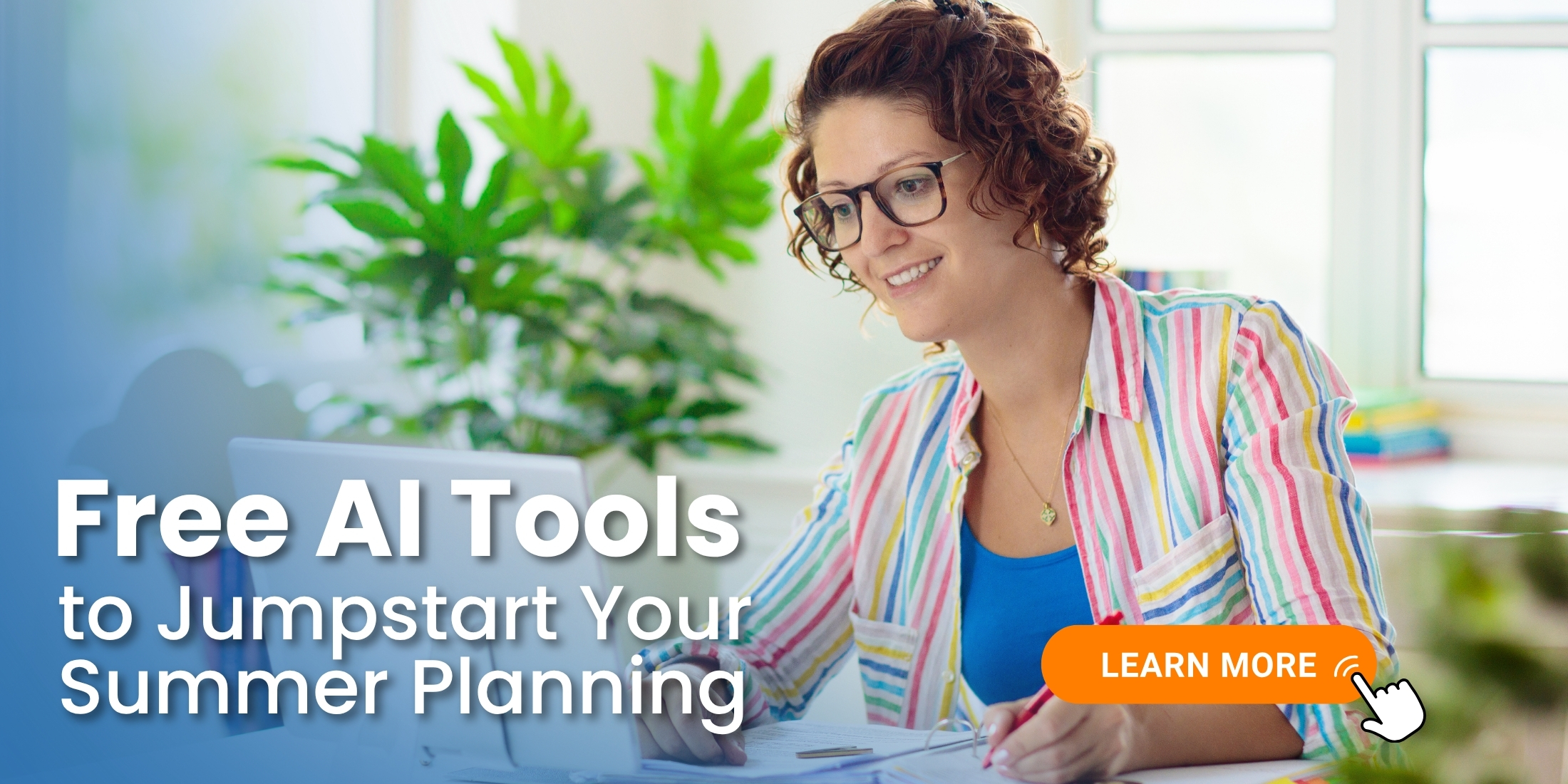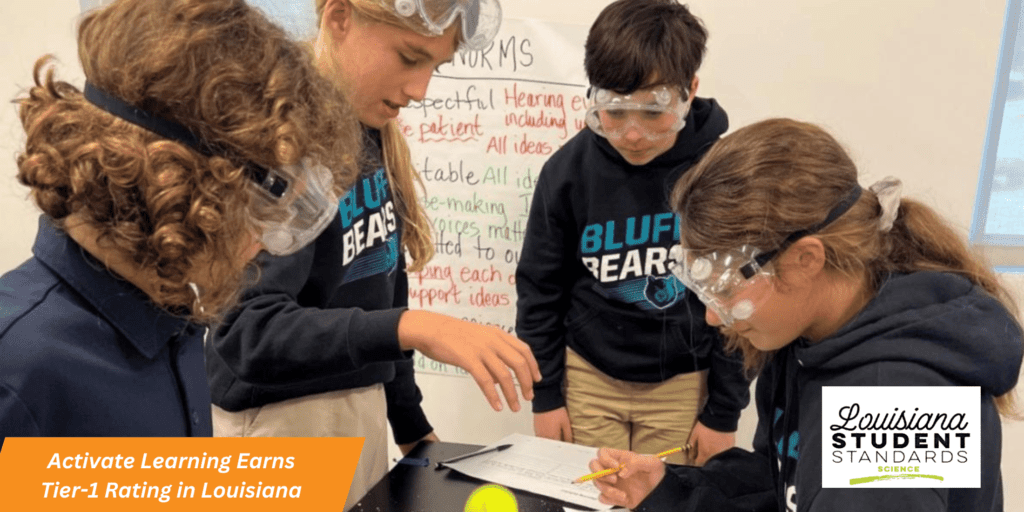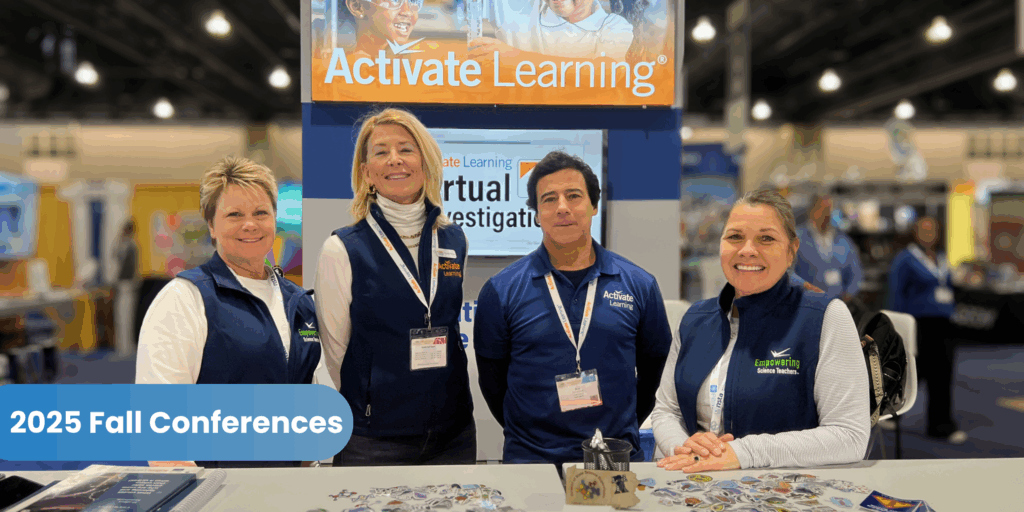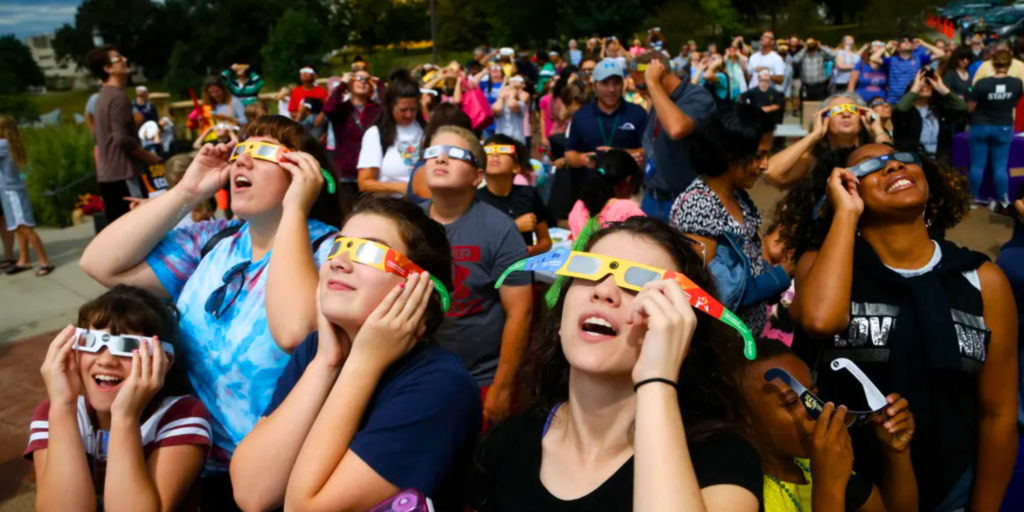Setting Your Science Teacher Goals for the New Year
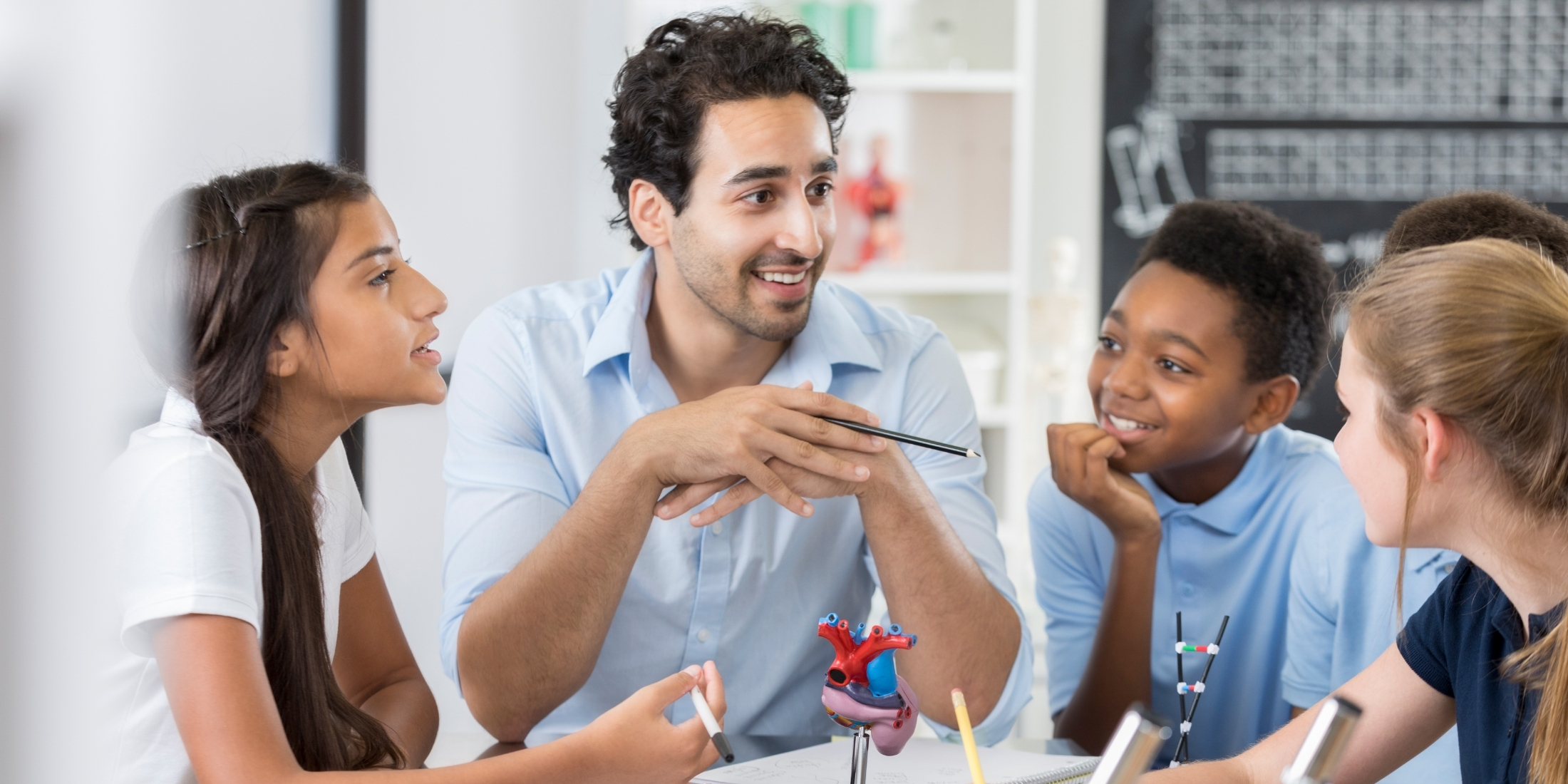
As a new school year begins, many educators are thinking about bulletin boards, lesson plans, and lab safety. But it’s also the perfect time to pause and reflect on the bigger picture. Beyond managing materials and pacing guides, how do we want our classrooms to feel? What do we want students to walk away believing about science and about themselves?
This year, consider setting goals that go beyond instruction and into impact. What if your professional focus included creating more opportunities for students to drive investigations, building connections to the world around them, or developing classroom routines that foster deeper curiosity?
These kinds of goals can lead to lasting changes - not through massive overhauls, but through small, intentional choices that build momentum over time. In this post, we’ll explore how to set realistic, actionable goals that bring more meaning, energy, and connection to your science teaching this year.
Goal 1: Center Student Voice in Every Lesson
Why it matters:
Students learn best when they feel seen, heard, and empowered to contribute their thinking. In science, this means building space for students to ask their own questions, make claims based on evidence, and engage in collaborative sensemaking.
Try this:
- Create discussion routines where students regularly explain their reasoning to peers.
- Use science notebooks as a place for students to reflect on what they understand and what they wonder.
- Start each unit with a driving question board built from student-generated questions about the anchoring phenomenon.
Professional goal idea:
I will implement at least one new discussion protocol or student talk routine each month to promote deeper peer-to-peer engagement.
Goal 2: Create an Inclusive and Accessible Science Classroom
Why it matters:
All students should feel like they belong in science, regardless of their learning styles, language backgrounds, or prior experiences. Designing your classroom with accessibility and inclusion in mind helps ensure that every student can participate meaningfully in investigations, discussions, and hands-on learning.
Try this:
- Offer multiple ways for students to show what they know, such as through drawing, writing, speaking, or using digital tools.
- Use sentence starters, visual supports, and language scaffolds to support multilingual learners.
- Provide clear routines, labeled materials, and consistent graphic organizers to help students navigate tasks independently.
- Create opportunities for collaboration where students can leverage each other’s strengths.
Professional goal idea:
I will include more flexible options for students to access content and demonstrate their thinking, with a focus on supporting diverse learners.
Goal 3: Connect Science to the Real World and Local Community
Why it matters:
When students see science as connected to their own lives and communities, their engagement increases. Real-world relevance helps students develop agency and see science as a tool for change.
Try this:
- Begin the year with a local phenomenon or issue, like water quality, extreme weather, or food systems.
- Invite a community scientist, engineer, or environmental advocate to speak with students.
- Collaborate with other teachers to build interdisciplinary connections with social studies, ELA, or math.
Professional goal idea:
I will incorporate at least one local science issue into each unit and identify a community partner or resource to support that connection.
Goal 4: Prioritize Your Own Growth and Sustainability
Why it matters:
Great teaching starts with a grounded, reflective teacher. Setting professional learning goals for yourself can help sustain your passion and keep your practice evolving throughout the year.
Try this:
- Choose one book, podcast, or PD series that aligns with your values and interests in science education.
- Set a monthly check-in with a colleague to share ideas and challenges.
- Reflect weekly in a journal or planner on one moment of success and one area for improvement.
Professional goal idea:
I will set aside 30 minutes each week for intentional reflection, goal review, or professional reading aligned with my science teaching practice.
Final Thoughts
As you map out your plans for the year, consider choosing one or two goals that feel both meaningful and manageable. The start of the school year is full of possibilities, and setting intentional goals rooted in equity, student voice, and real-world relevance can help you make the most of it.
Small steps create big shifts. Your commitment to growth not only shapes your teaching, but also empowers students to see science as something they belong in, contribute to, and carry with them beyond your classroom.

